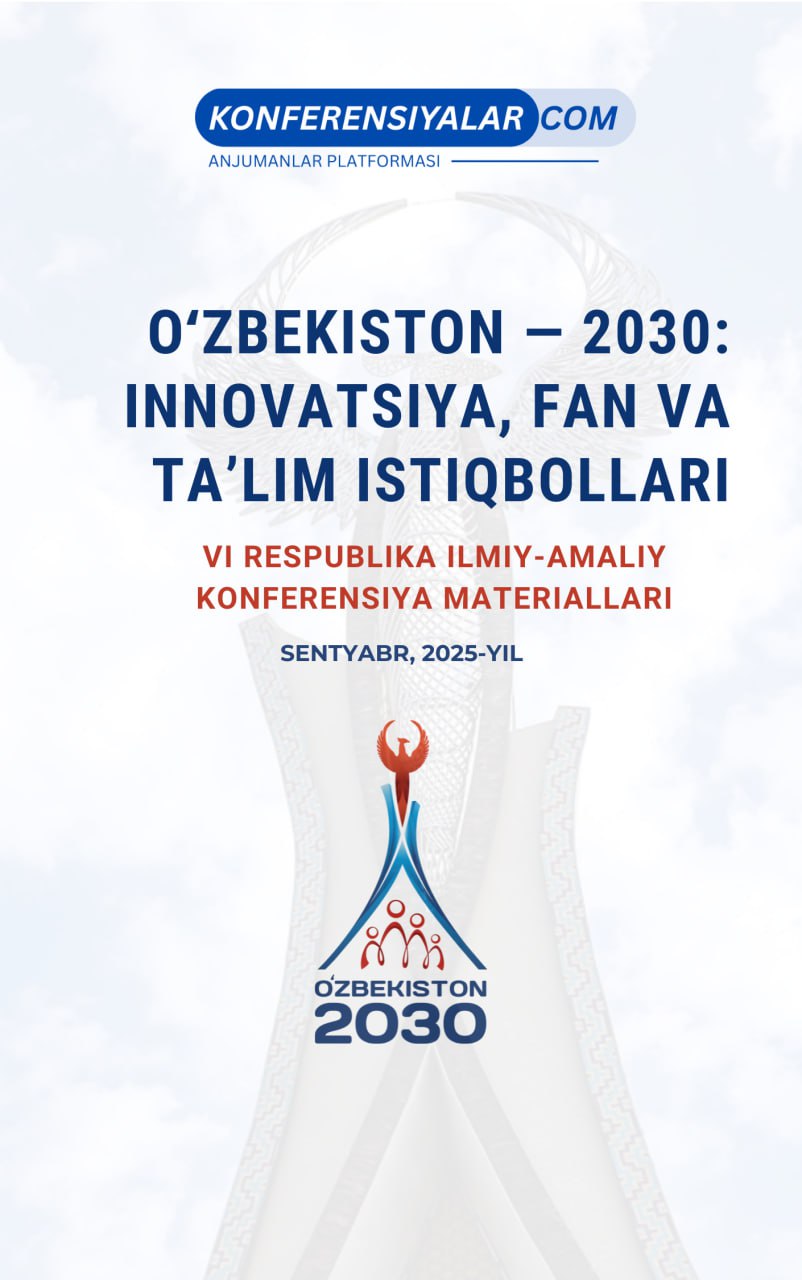TELEVISION AS A SPHERE OF PUBLIC COMMUNICATION: A RHETORICAL ANALYSIS
Keywords:
television speech, rhetoric, polycode discourse, verbal and visual means, audience, persuasiveness, media linguistics, public communication, modern journalism.Abstract
This study examines television speech as a cultural phenomenon, focusing on its rhetorical characteristics and polycode features within the framework of scientific analysis. At the same time, the interaction of verbal and visual means of expression is explained from the standpoint of their status in modern rhetoric. The rhetorical structure of television discourse manifests itself through various forms of communication across genres, and its degree of persuasiveness is emphasized as being closely connected not only to the audience’s perceptive abilities but also to the socio-cultural context.
References
1. Bakhtin M. M. The dialogic imagination. – Austin: University of Texas Press, 1986. – P.126.
2. Гегелова Н. С. Телевизионная речь как явление культуры // Вестник РУДН. Серия: Литературоведение. Журналистика. – 2009. – №2. – С.91.
3. Jamieson K. H. Dirty politics: deception, distraction, and democracy. – Oxford: Oxford University Press, 1992. – P.56.
4. Кемарская И. Н. Телевизионная речь: поликодовый характер вербальных включений // Вестник ВГИК. – 2010. – №1(2). – С.132.
5. Красавина М. В. Риторика телевизионного дискурса. – Москва, 2018. – P.92.
6. Lotman Yu. M. Universe of the mind: a semiotic theory of culture. – Bloomington: Indiana University Press, 1990. – P.66.






